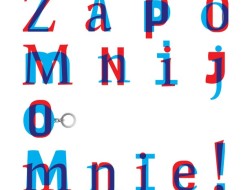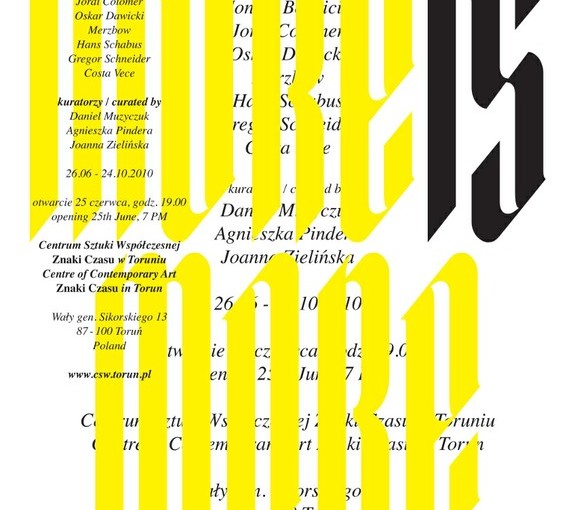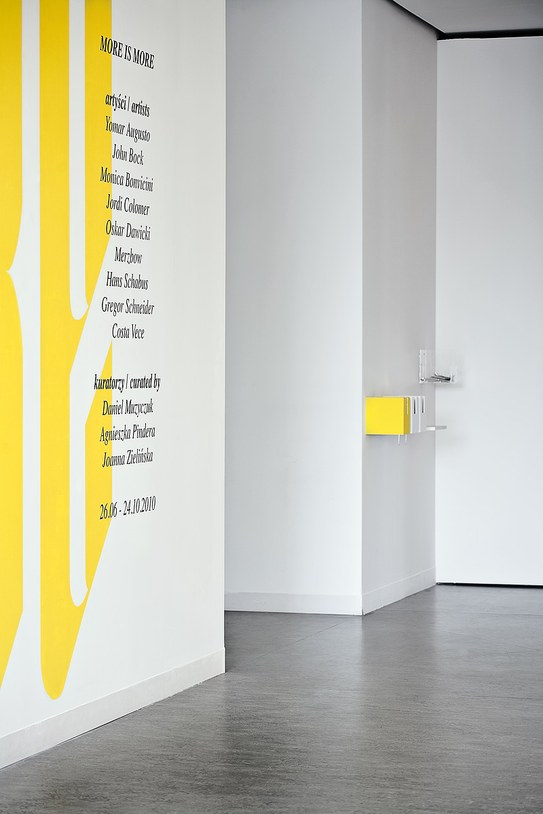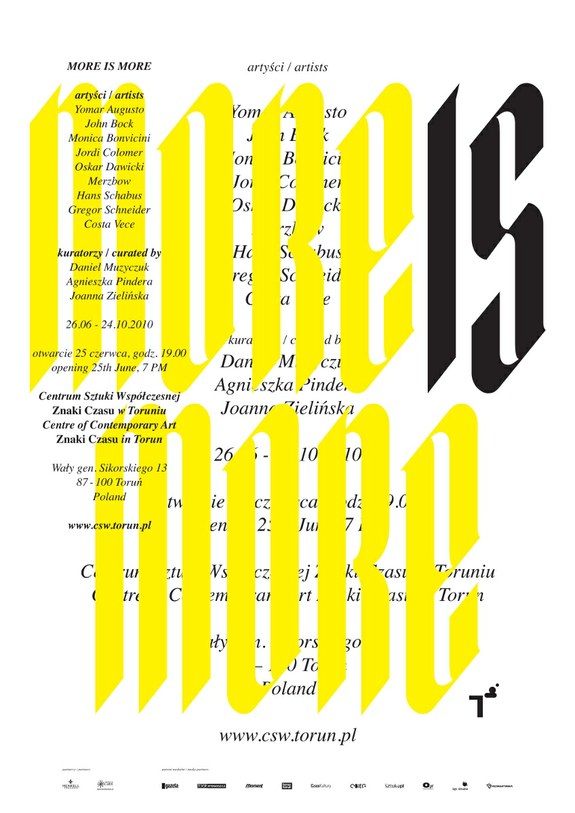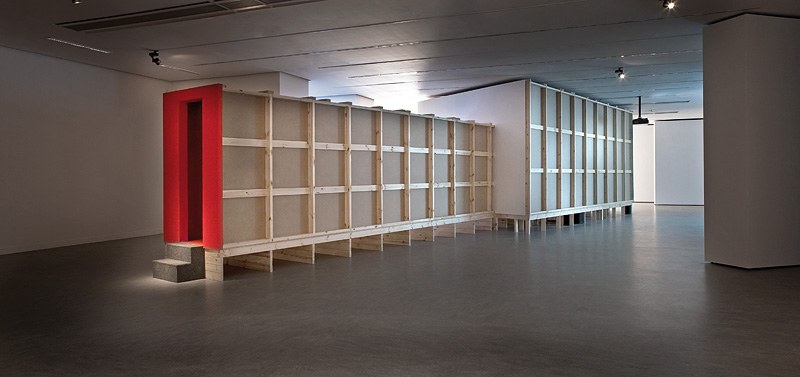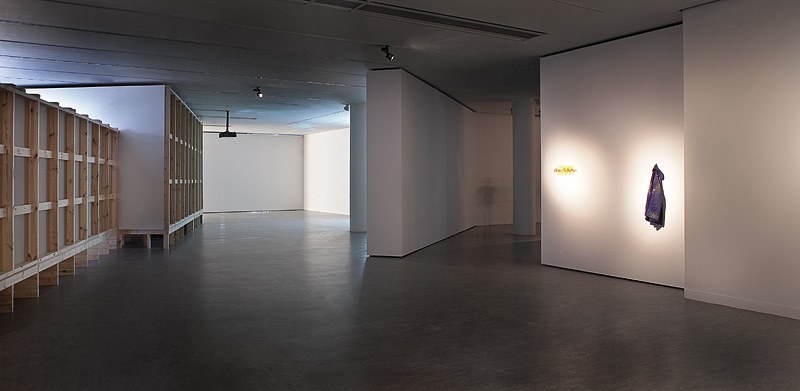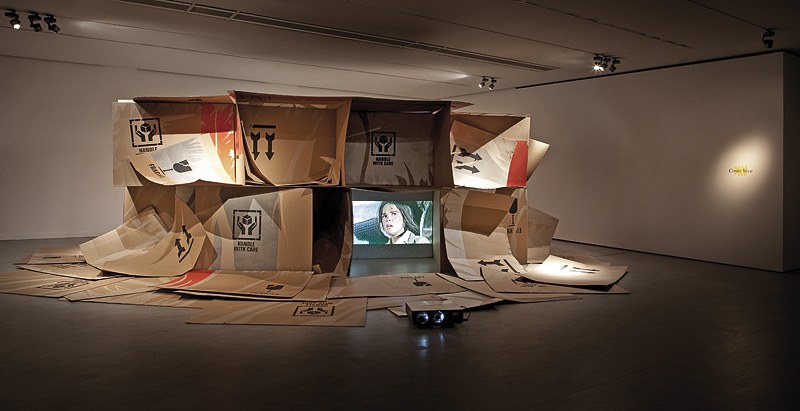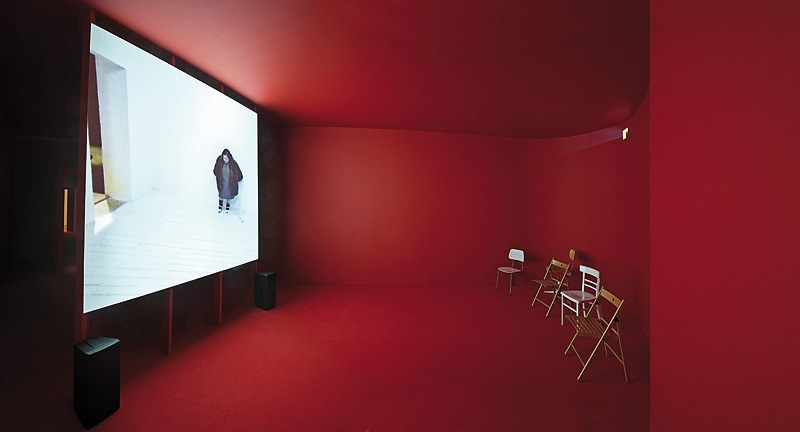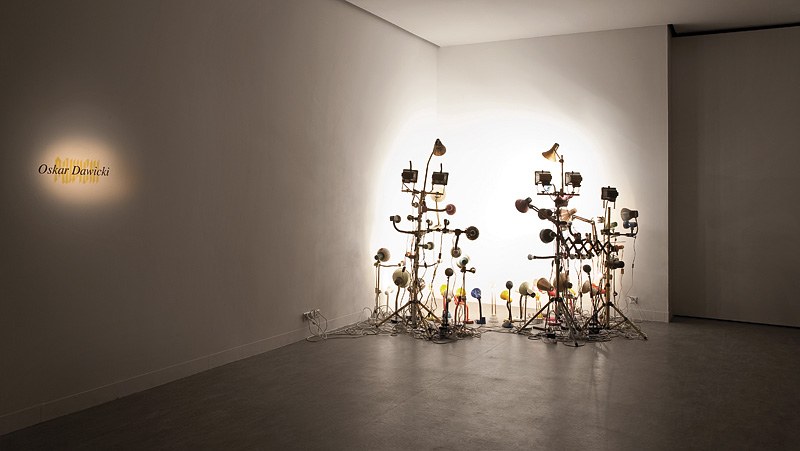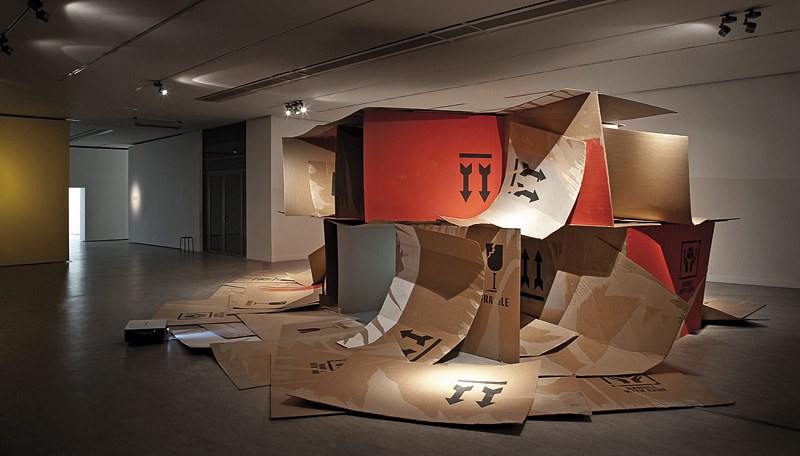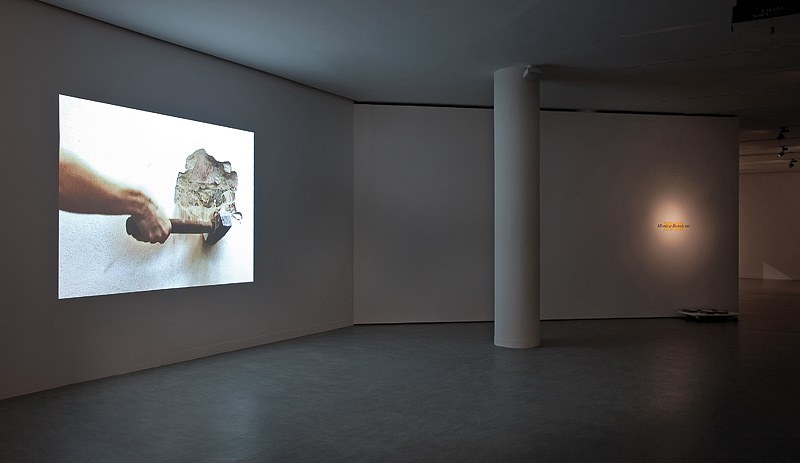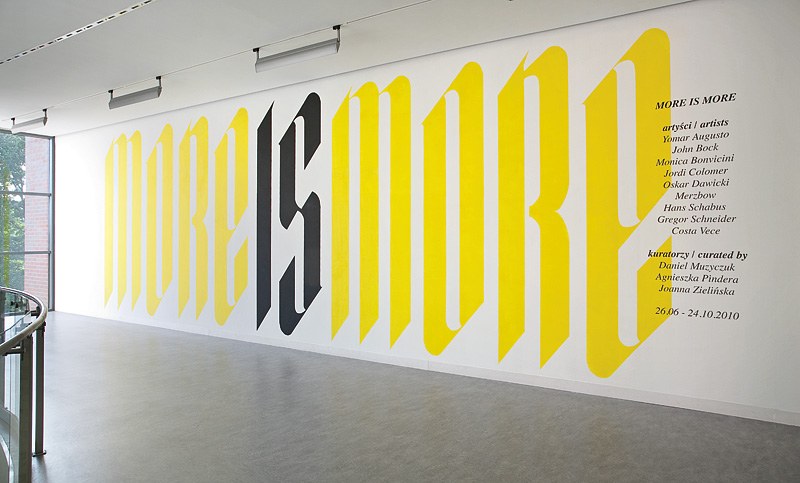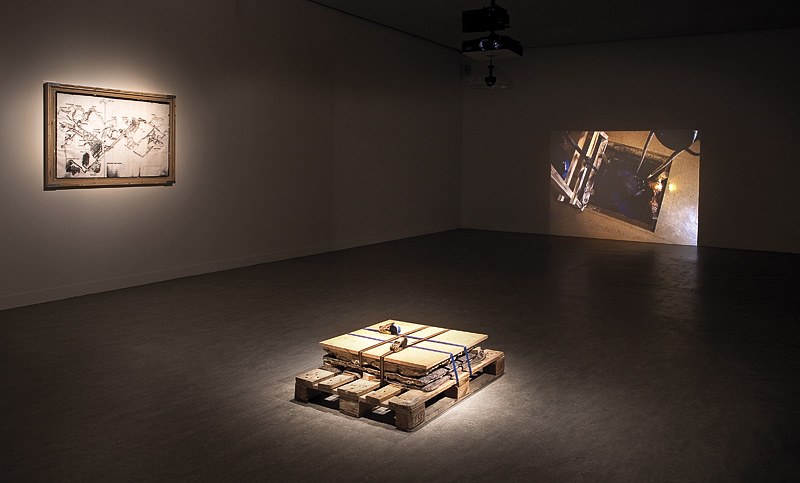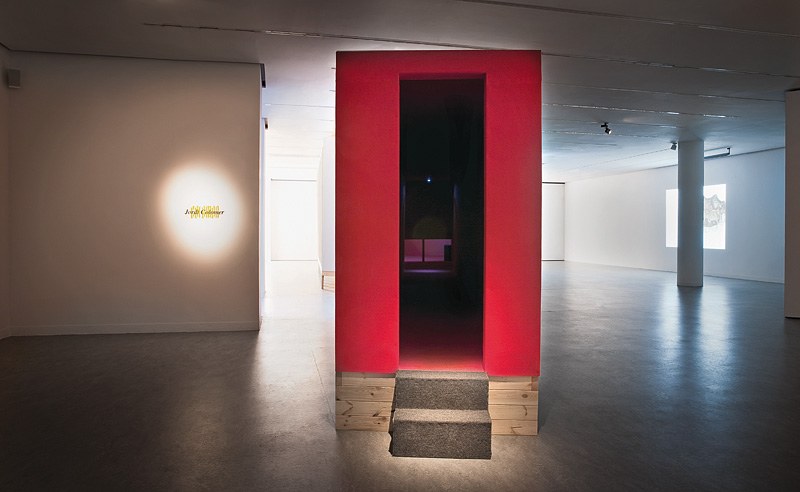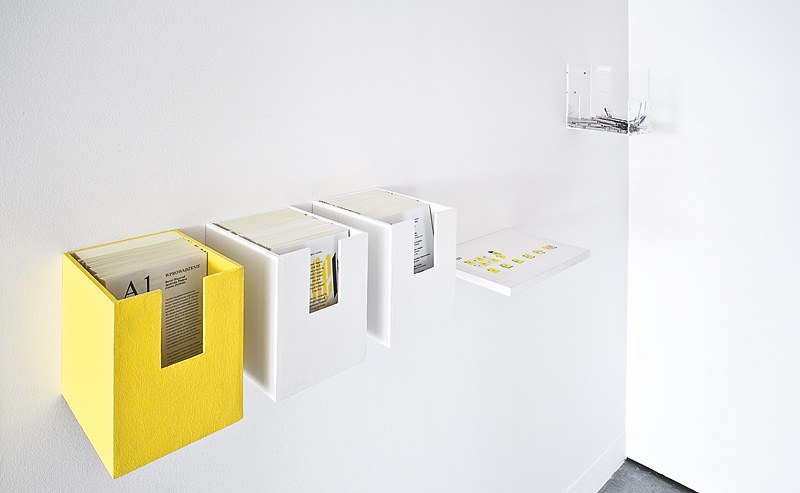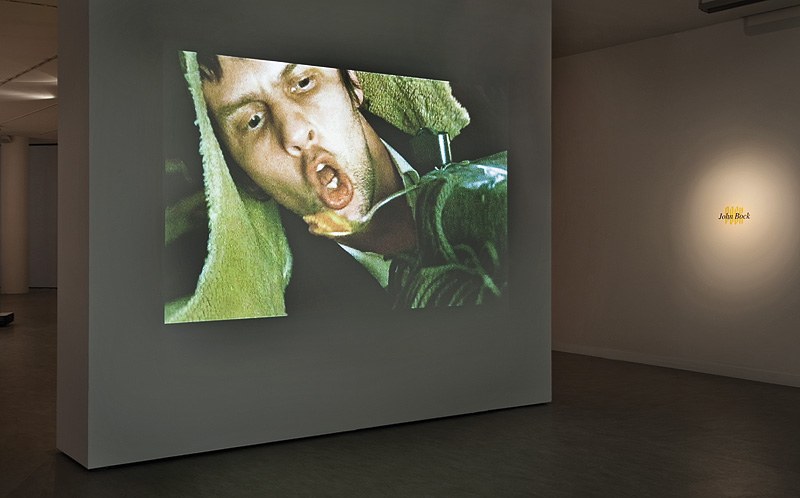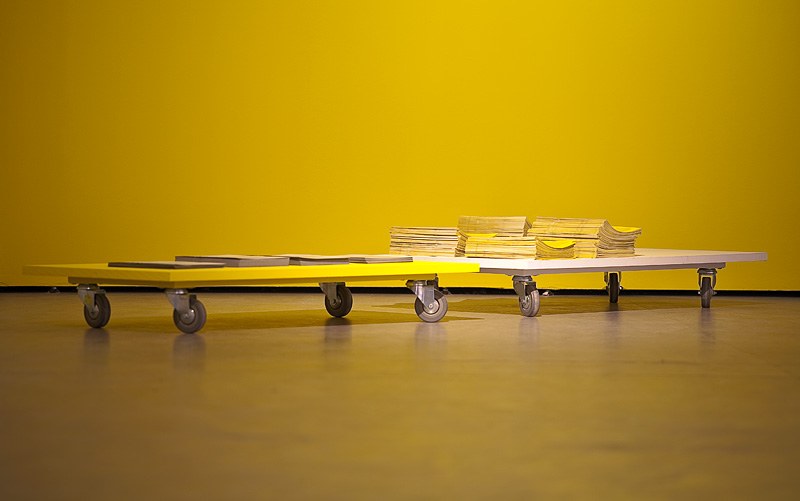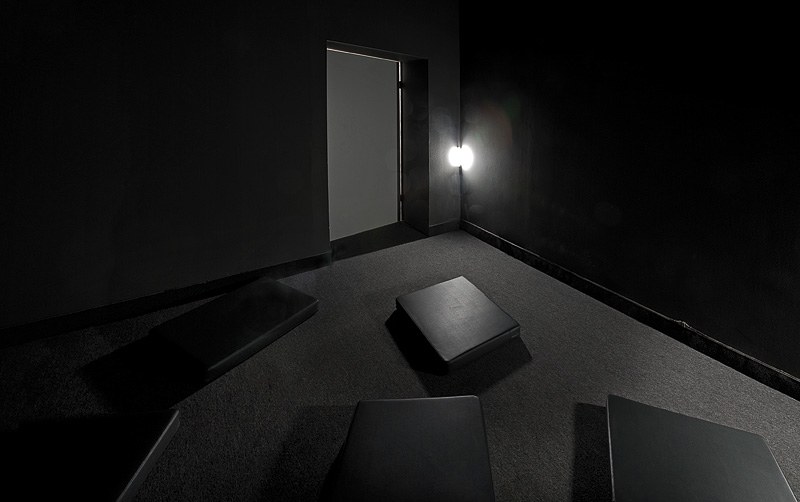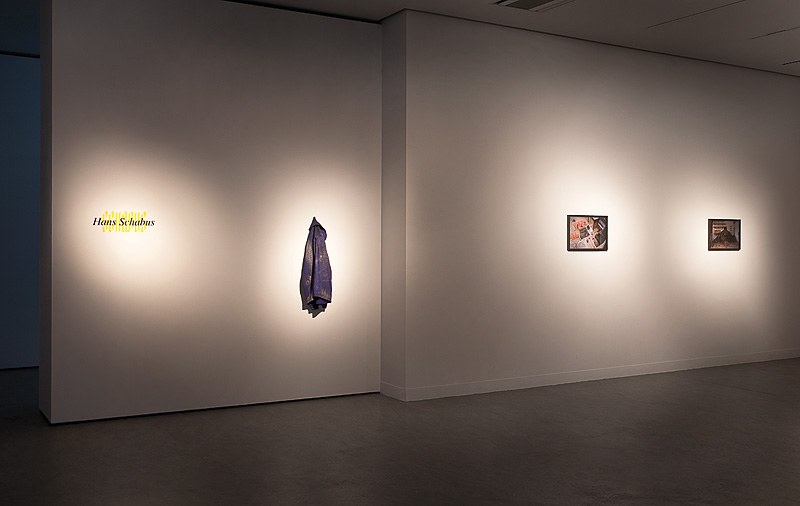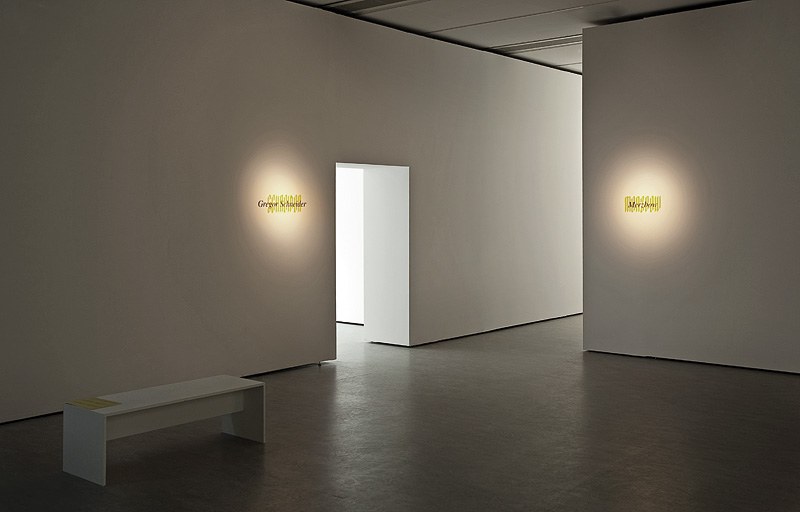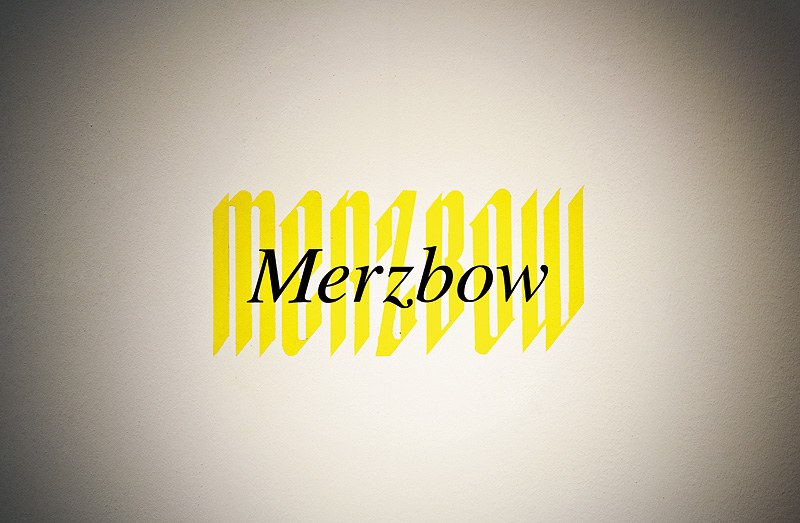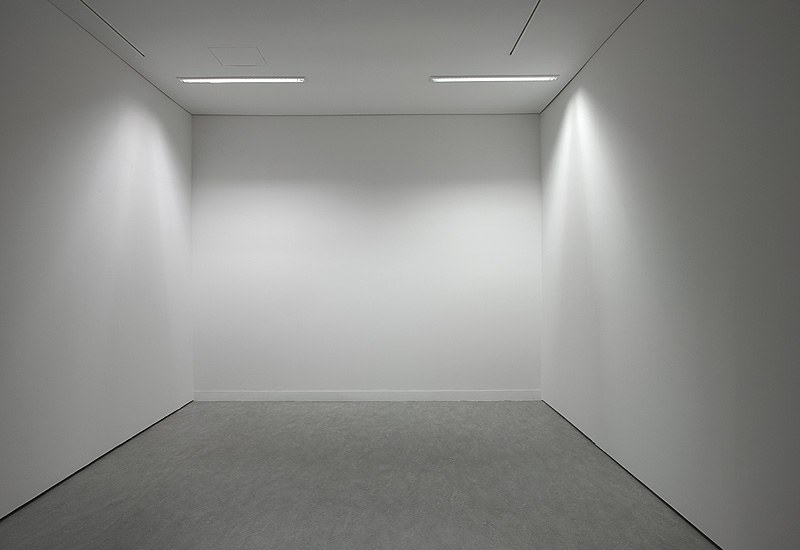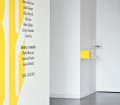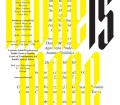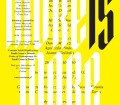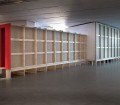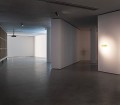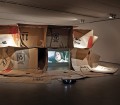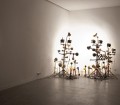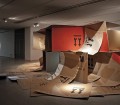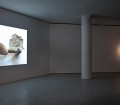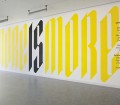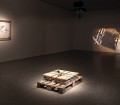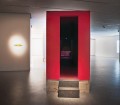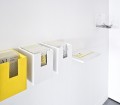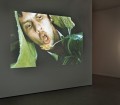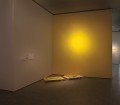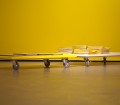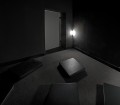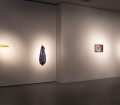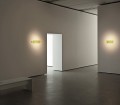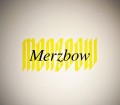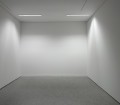artists: Yomar Augusto, John Bock, Monica Bonvicini, Jordi Colomer, Oskar Dawicki, Merzbow, Hans Schabus, Gregor Schneider, Costa Vece
curators: Daniel Muzyczuk, Agnieszka Pindera, Joanna Zielińska
Would it help if I dug a hole?
Fischli &Weiss
Less is more was the motto coined by Mies van der Rohe for modernism in architecture worldwide. The phrase became the basis for rational functionalism which condemned all ornament and proclaimed it deplorable. What did modern artists and thinkers have against glut? What is the significance of excess that was to be done away with? What common dream is hidden behind this gesture? Is it simply about a rationally constructed utopia that will enable creation of a good and happy society? Do chaos and excess pose danger?
Hito Steyerl writes: “In the early 1920es Franz Kafka wrote an enigmatic note: „What are you building? I want to dig a passage. A progress has to happen. My position is too elevated. We are digging the pit of Babel.” The startling twist in Kafkas short fragment is the transformation of the metaphor of the tower at Babel into the image of a hole in the ground.”* The massive excess of erecting a tower that enraged God is replaced by the writer with an image of an equally huge lack. The hole is, however, lack that goes beyond all understanding and should be compensated by the act of filling it back in. According to Pliny and Freud, all art originates is compensation for lack and artistic activity is a result of a desire of representation.
The danger of uncontrolled accumulation of goods is exemplified by the tragic story of brothers Homer and Langley Collyer. In 1947, police discovered their bodies in an apartment where 130 tons of rubbish were stored. It was found out during the investigation that Langley was crushed by a pile of newspapers while he was carrying food to his paralyzed brother. It took days before Homer finally died of hunger. The story of the two hoarders lead to the distinction of a psychological disorder called the Collyer brother syndrome. The Collyer story is reflected in similar strategies in the field of art. One only needs to mention Kurt Schwitters’ Merzbau or the huge archive Fabbrica Rosa created by Harald Szeemann who, on being asked how the collection was created, replied that it created itself.
These gigantic and superhuman actions reveal an attempt to cope with psychic space by means of physical action in a real place. When someone enters such psychically organized space the borders of a private psychosis of its creator are violated. Such places are most often closed and hidden in interiors which perforce reveal the psychical landscape of their “architects”.
10
 The Institution is funded from the budget of Toruń Municipality
The Institution is funded from the budget of Toruń Municipality

